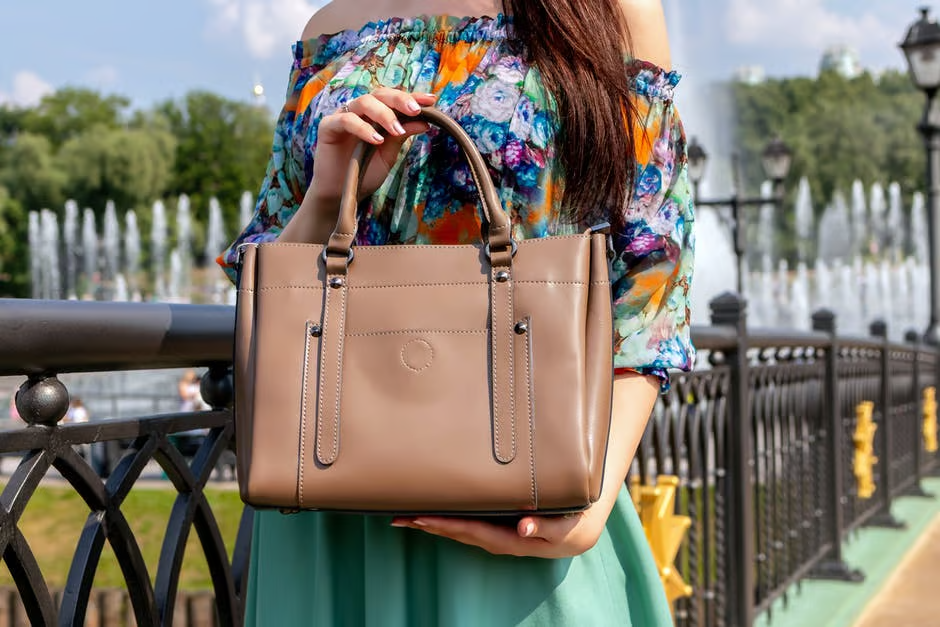The fashion industry in the UK is, put simply, massive. From heavyweights like Vivienne Westwood to independent brands like Lucy & Yak, the UK’s diverse market for clothes and footwear is unique – and uniquely large, being the third-largest market in the world. Despite intense levels of competition, this is fertile ground for new fashion entrepreneurs hungry for success. But how would such an entrepreneur get started?
Finding Your Niche
As with starting a business in any industry, it’s important to understand exactly where you will sit within it. What niche do you intend to fill, and with whom will you be competing to fill said space? The fashion industry contains multitudes, from independent designers to distributors and retailers – let alone the interplay between styles and seasons. Knowing where you intend to stand is vital.
A strong place to start is market research. Understanding fashion trends is but one part of the equation, with consumer buying habits and local competitor research other key aspects to take into consideration. As a new designer brand, you might research the scope of other brands in similar areas or niches, including annual financial performance. Wider trends are also of importance; for example, sustainability in fashion has become a major pressure point for both new and existing businesses.
Designs and Branding
From your market research, you can develop a meaningful business plan – which, of course, will centre around a core brand, and your core offering – be it clothing products or services. Working with a brand designer can help you find the essence of your business, and create visuals that reflect it – whether logos or storefront designs.
Concerning fashion design, intellectual property becomes a significant point of concern. Fashion designs are a form of intellectual property, which often needs to be defended and protected in a legal sense. There have been innumerable high-profile cases of design plagiarism and intellectual property theft, wherein rival enterprises lift designs or concepts to undercut in terms of price. Trademarking or copyrighting designs formally can simplify protecting against this eventuality.
Marketing Your Business
Utilising the brand assets you have created, you can start to think about marketing your fashion business to your demographic. With e-commerce representing a new frontier in fashion, it would be ill-advised not to consider your online presence a priority.
As such, having a website is indispensable to reaching the right people. In some cases, it might be prudent to make your website a storefront of its own, something made easier by the variety of payment processing systems available to the smaller business. Alternatively, the site could act as a portfolio for your brand, enabling larger distributors to view your work and contact you for stock.
Social media is unignorable here, too. Cultivating a core audience is not an easy thing for a new fashion brand, which makes collaboration with fashion influencers a strong part of any brand launch. Getting some samples to the right people could result in an explosion of interest, and set you on your way to fashion stardom.










